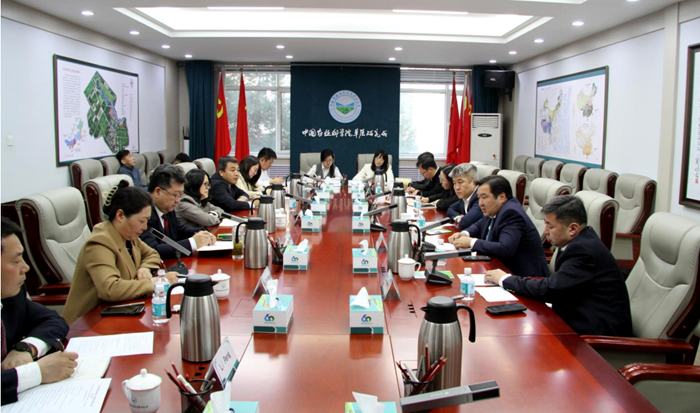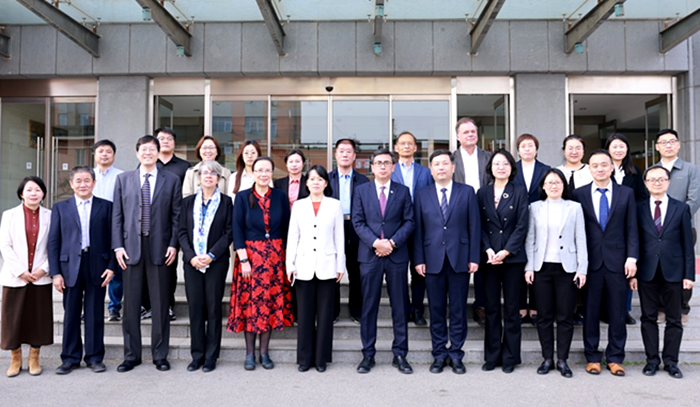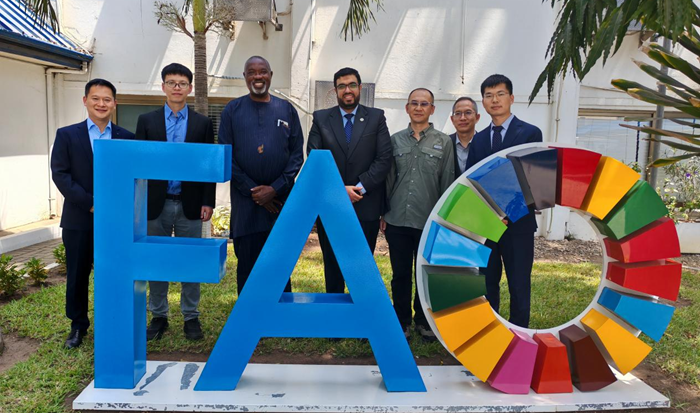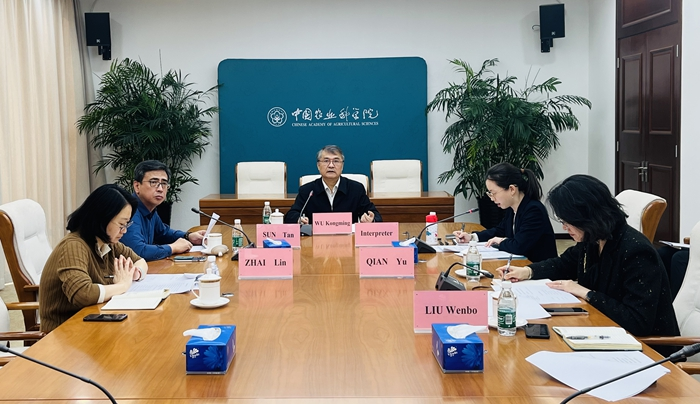[China Daily]Grain yields to grow over next decade
China's grain output is expected to continue steady growth this year and over the next decade, driven by higher crop yields and targeted agricultural policies, according to a new agricultural outlook report released on Sunday by the Ministry of Agriculture and Rural Affairs.
The China Agricultural Outlook (2025-2034), issued by the ministry's market early warning expert team, projects the total grain output this year will reach 709 million metric tons, up 0.4 percent from the previous year. The average grain yield is expected to rise to 5.9 tons per hectare, while total sown acreage will remain stable at about 119 million hectares.
The report forecasts a systemic breakthrough in agricultural productivity over the next 10 years. By 2034, grain yield is projected to increase 7.8 percent to 6.3 tons per hectare, with total output reaching 753 million tons.
Soybean production is expected to grow 2.5 percent this year to 21.17 million tons, as domestic cultivation expands. Meanwhile, soybean imports reached a record 105.03 million tons last year, up 6.5 percent from the previous year.
Brazil, the United States and Argentina were the top three sources for soybeans, with Brazil accounting for approximately 71 percent of total imports, the US 21 percent and Argentina 4 percent.
Xu Shiwei, secretary-general of the market early warning expert committee, said domestic soybean production is rising steadily, supported by improved industrial policies.
"Over the next decade, the country's soybean output is projected to grow at an average annual rate of 5.3 percent, while imports are expected to fall significantly to 79.03 million tons by 2034," Xu said.
Agricultural trade is also expected to see structural changes, with greater diversification of import sources and a notable decline in imports of key commodities such as wheat, corn and soybeans. Total grain imports are projected to drop to 113 million tons by 2034, with an average annual decrease of 3.1 percent, the report said.
While overall agricultural consumption is growing slowly, shifting consumer preferences toward healthier and more diverse diets are influencing both production and trade patterns. Xu said consumption of edible vegetable oil is expected to see a slight decline over the next decade due to rising public awareness of nutrition.
At the report's launch, Jiang Wensheng, vice-minister of agriculture and rural affairs, called for stronger monitoring and early warning systems, as well as enhanced market regulation, in light of rising uncertainties in global and domestic agricultural markets.
Risks from ongoing tariffs and geopolitical tensions could disrupt global food trade and supply chains, Jiang said.
"Volatility in international agricultural prices could also transmit significant shocks to China's domestic markets," he added.
Domestically, Jiang said China must still address challenges such as extreme weather events, pests and diseases, and low beef and dairy prices.
He also emphasized the importance of emerging technologies, including artificial intelligence and big data, in improving forecasting and decision-making.
"We must accelerate the application of AI and digital tools in agriculture," Jiang said. "By innovating how we manage data and predict trends, we can better understand supply and demand dynamics and strengthen the technical foundation for agricultural outlooks."
-
 Apr 11, 2025Strengthening China-Mongolia Grassland Cooperation to Build a Cross-Border Green Ecological Barrier
Apr 11, 2025Strengthening China-Mongolia Grassland Cooperation to Build a Cross-Border Green Ecological Barrier -
 Apr 03, 2025CAAS and CABI Forge a New Chapter in Strategic Cooperation
Apr 03, 2025CAAS and CABI Forge a New Chapter in Strategic Cooperation -
 Mar 21, 2025Experts from IPPCAAS Implement FAO-China South-South Cooperation Project to Advance Sustainable Fall Armyworm Management in Ghana
Mar 21, 2025Experts from IPPCAAS Implement FAO-China South-South Cooperation Project to Advance Sustainable Fall Armyworm Management in Ghana -
 Mar 13, 2025CAAS and CGIAR Deepen Strategic Cooperation
Mar 13, 2025CAAS and CGIAR Deepen Strategic Cooperation -
 Mar 11, 2025Call for Logo Design Proposals for the China-Africa Agricultural Science and Technology Innovation Alliance (CAASTIA)
Mar 11, 2025Call for Logo Design Proposals for the China-Africa Agricultural Science and Technology Innovation Alliance (CAASTIA)
